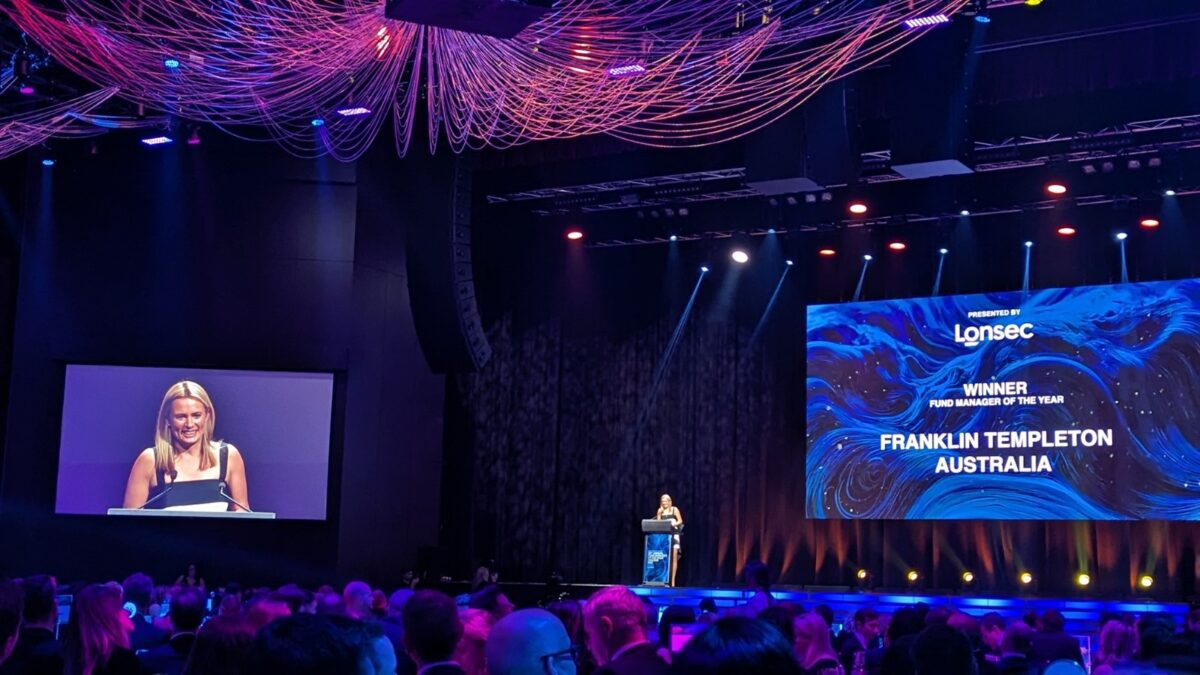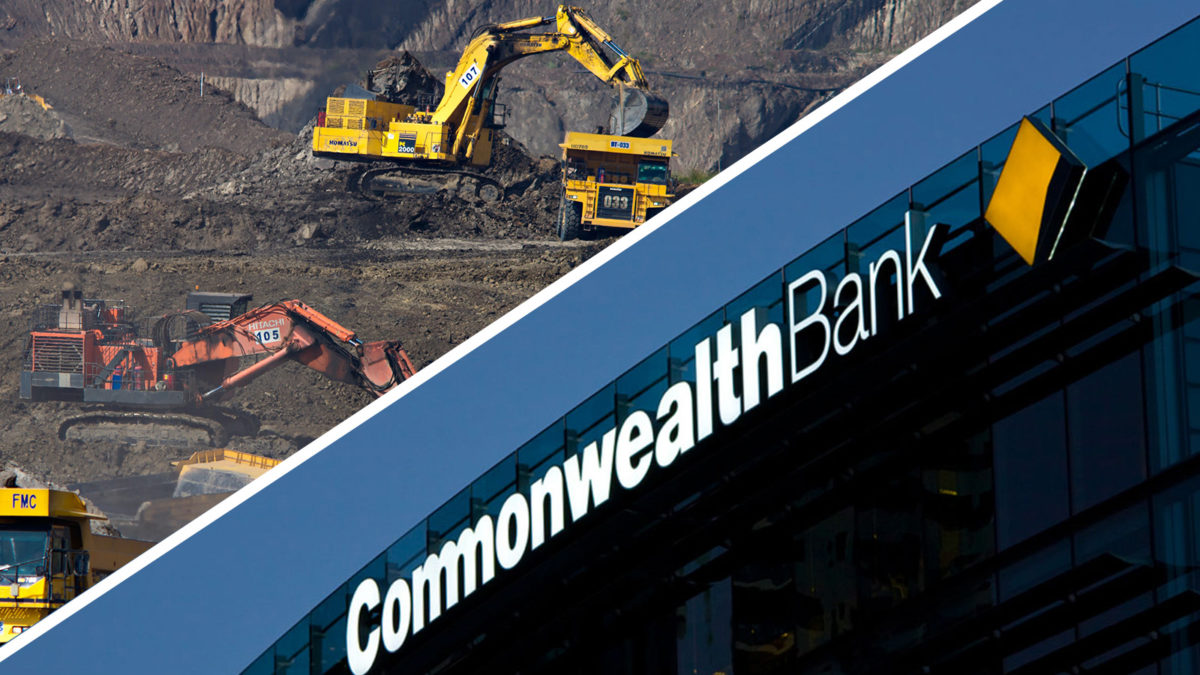Index construction in the spotlight amid surge in thematics
According to index and data provider FTSE Russell, the global thematic investment market tripled in size in the three years to June 2021, hitting a record of US$660 billion ($892 billion). “Investors are becoming less satisfied with broad-based investments,” said the release, with most “looking for investment vehicles that cater to a narrower, more focused investment thesis,” but particularly, those able to support more active tactical asset allocation views.
The rise in thematic investing is quite simple, in that it aims to “capture future trends and capitalise on potential growth.” Robotics and automation and among the most popular themes, however, up to this point few have considered one of the most important inputs into the sector; the benchmarks they are required to track.
There is no fixed rule or guideline that outlines how a thematic index is built, nor an unwritten rule that guides portfolio construction. The first of the modern thematic strategies, being “sector indices” are an interesting starting point for any analysis. These are generally based on fixed, quite rigid GICS classifications that give little consideration to what the underlying businesses actually do.
FTSE Russell highlights Amazon Inc. (NYSE:AMZN) as case in point, with the company automatically allocated to the consumer discretionary or retailers benchmark, and thus sector and thematic indices, despite operating the world’s biggest cloud computing platform and being heavily involved in the Internet of Things sector. This “input-driven” index construction is a key challenge the sector faces amid its incredible growth.
One solution that the group has focused on is the use of natural language processing or NLP techniques using the power of artificial intelligence to help in the index construction process. “Aided by the rapid development in computing power and data science, the cutting-edge NLP techniques has propelled a theme construction mechanism that cuts across sectors, countries, and sizes to identify companies with relevancy to a particular trend or investment opportunity,” FTSE Russell explains.
The biggest advantage of such an unconstrained approach is the ability to assess the unstructured content like blog posts, articles, annual report commentary and the like, to truly understand what each company is actually doing and therefore in what index it should be included. Most importantly, the use of machine learning and AI allow this to be completed without large teams of analysts and the risk of human error.
Among the additional benefits of this use of technology is the ability to “spot uprising trends” but also understand the need for theme keywords to be updated from time to time rather than remaining static. With technology increasingly being leveraged for this purpose, few index (and thus thematic ETF) providers will track the same index, meaning investor due diligence will be more important than ever.









